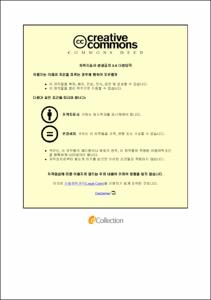국가적 차원의 역사 기록물의 수집 및 디지털화에 관한 연구
= A Study on Collecting and Digitalization of Korean Historical Records in the National Level
- Type
- Thesis
- Department
- 대학원 문헌정보학과
- Issued Date
- 2010
- Publisher
- 한성대학교 일반대학원
- Keyword
- 국가지식정보자원관리; 수집; 디지털화; 역사 기록물
- Files in This Item:
-
-
Download
 000000546343.pdf
기타 데이터 / 899.18 kB / Adobe PDF
000000546343.pdf
기타 데이터 / 899.18 kB / Adobe PDF
-
Items in Repository are protected by copyright, with all rights reserved, unless otherwise indicated.